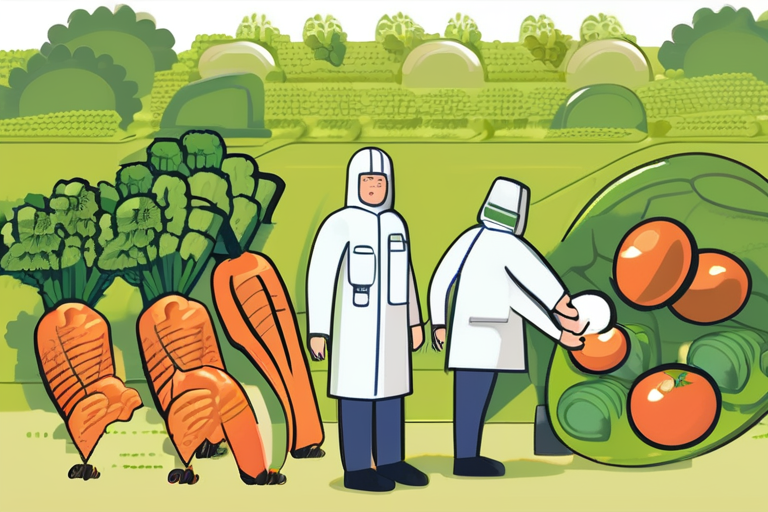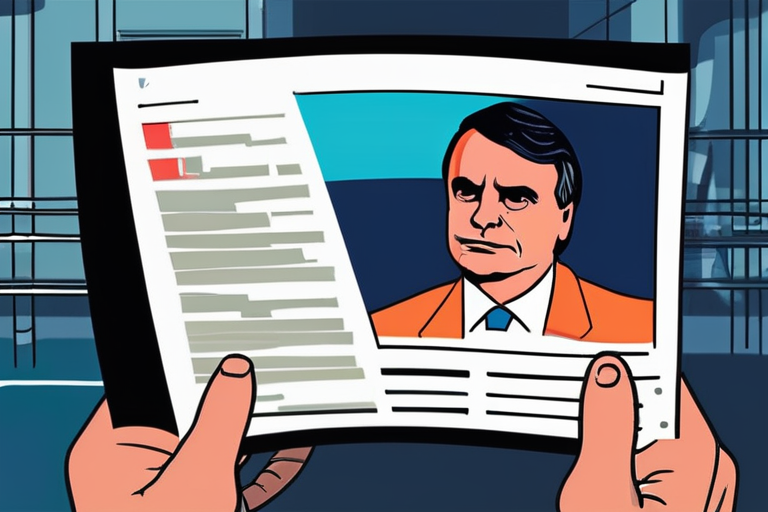Plastic Nanoparticles Found to Contaminate Edible Vegetable Parts


Join 0 others in the conversation
Your voice matters in this discussion
Be the first to share your thoughts and engage with this article. Your perspective matters!
Discover articles from our community

 Hoppi
Hoppi

 Hoppi
Hoppi

 Hoppi
Hoppi

 Hoppi
Hoppi

 Hoppi
Hoppi

 Hoppi
Hoppi

Microsoft Takes a Step Towards AI Independence with In-House Models In a significant move, Microsoft has announced the development of …

Hoppi

Brazil's Former President Bolsonaro Sentenced to 27 Years in Prison for Masterminding Coup Attempt In a landmark ruling, Brazil's Supreme …

Hoppi

Meet the 2025 Ig Nobel Prize Winners: Honoring Unconventional Research In a virtual ceremony held on [Date], the 2025 recipients …

Hoppi

Electronic Arts Acquired in Record-Breaking $55 Billion Deal In a move that has sent shockwaves through the gaming industry, Electronic …

Hoppi

Charlie Kirk's Turning Point USA Reaches $92 Million in Annual Revenue by Age 31 Conservative activist Charlie Kirk has built …

Hoppi

The Young Minds App: A Beacon of Hope for Parents and Children in the Digital Age As I sat down …

Hoppi